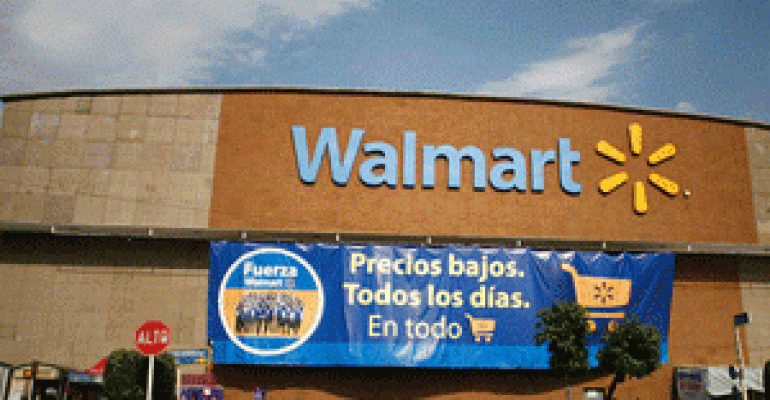Who doesn’t love a good bargain? Major retailers ranging from Walmart to Britain-based Tesco are proving that the value-priced retail model resonates with customers around the globe.
As the U.S. market becomes increasingly saturated, international growth remains a key part of growth plans for value retailers such as Walmart, Costco and Target. Walmart dominates in the international arena. After opening its first international store in Mexico City in 1991, the Walmart International division now accounts for 5,651 out of the retail giants 10,130 stores with locations in 27 countries.
Other retailers are taking note of Walmart’s more than two decades of experience to learn more about what works and doesn’t work in overseas markets.

“What Walmart has done very well is that they have managed to adjust concepts to the local markets, says David Strasser, managing director at Janney Montgomery Scott LLC in New York. Walmart’s strategy has been to acquire local companies, improve operations, and use their lower cost of capital to expand more aggressively in these foreign markets. Currently, Walmart operates under 69 different brands. For example, Walmart acquired South Africa-based Massmart last year as a key move to enter the African market. The $2.4 billion acquisition included Massmart’s 288 stores in South Africa and 11 other African countries.
Results for Walmart have been mixed over the years. The retailer has posted strong success in countries such as Mexico, and also has struggled in other markets such as Germany and South Korea. “I think every market is very different,” says Strasser. Japan, for example, took a long time to develop and it has yet to show its long-term sustainability with the aging population base. “Japan may not be ideal for Walmart, because the aging population tends to want to shop more local and smaller shops,” he adds.
Global competition on the rise
The global market for value-added retail stores is becoming increasingly competitive, U.S. based Costco and Target, as well as European brands including Tesco from the U.K. are all accelerating their international growth strategies.
Target is poised to make its first international move with a major expansion into Canada. The retailer expects to open 125 to 135 stores in Canada in 2013 and eventually grow to more than 200 stores in that market.
Canada is the logical first step for Target. It also is a fairly large undertaking and Canada will be the prime focus for the firm’s international growth in the next few years. “Target is spending a lot of money in Canada and they have set a high hurdle for success. But, most Canadians know Target and are excited to have them there,” says Strasser. A key part of Target’s strategy is targeting top real estate locations. “The returns may take some time to achieve, but from a retail success standpoint, I think it will get off to a pretty good start,” he adds.
Costco also is proving that its membership warehouse model is a success with customers around the globe. The company has more than 160 international stores in countries such as Mexico, the U.K. and Japan. “Costco gets great returns internationally. Obviously, they localize the stores to the market, but it seems to be proving out to be a very transferrable model,” says Strasser.

Costco has taken a slower approach to international expansion with organic, greenfield development. The company has announced plans to open just nine stores outside of the U.S. in fiscal 2012. Seven of those stores will be located in Asia, including new locations in Taiwan and Korea.
Asia represents a hot market for value-retailers. For example, Asia generated the biggest returns for Tesco last year. According to Tesco’s 2011 corporate report, favorable exchange rates helped to boost Tesco’s 2011 profits in Asia by almost 18 percent compared to growth of 5.6 percent in Europe. Although the retailer has more than 6,200 stores in 14 countries, Asia remain a prime target for additional expansion. Tesco plans to open 5.1 million square feet of new retail space in Asia in 2012, including an additional 19 stores in China.
The regulations and costs of doing business are very different from country to country. “What has proven to work well is when these retailers go in and are respectful of the local culture, the local customs and the local style of retail,” notes Strasser.
The trends driving the expansion of discount retailers will be the subject of the Walmart, The Globalization of Value Retail panel at the ICSC Retail Real Estate World Summit.

